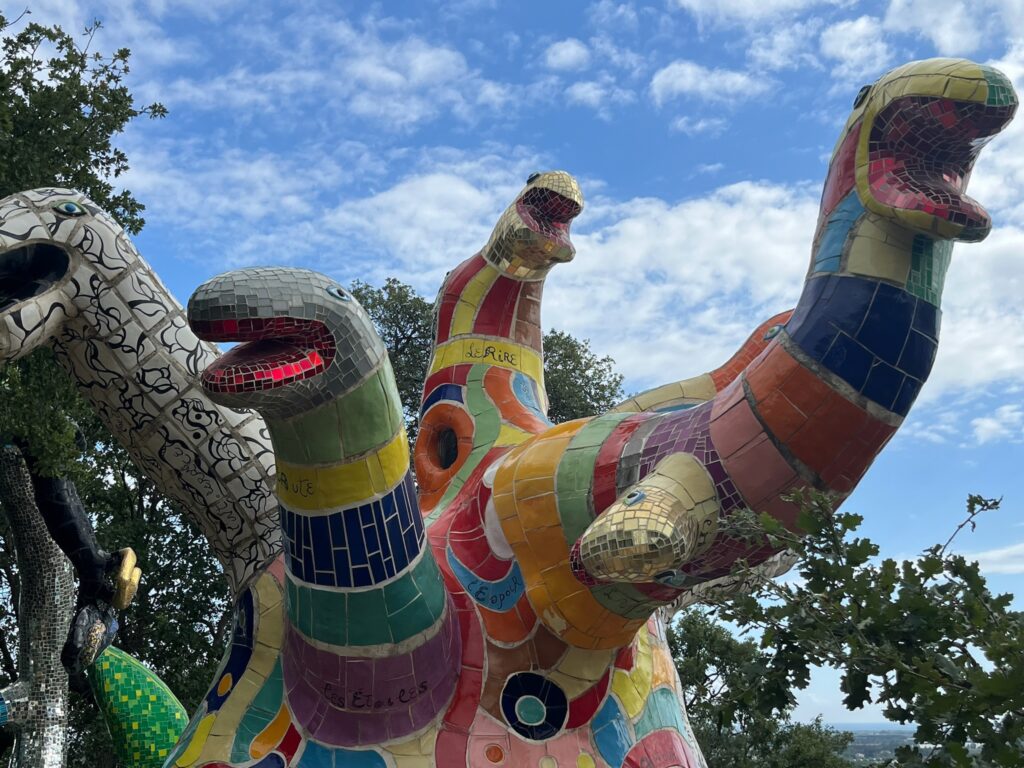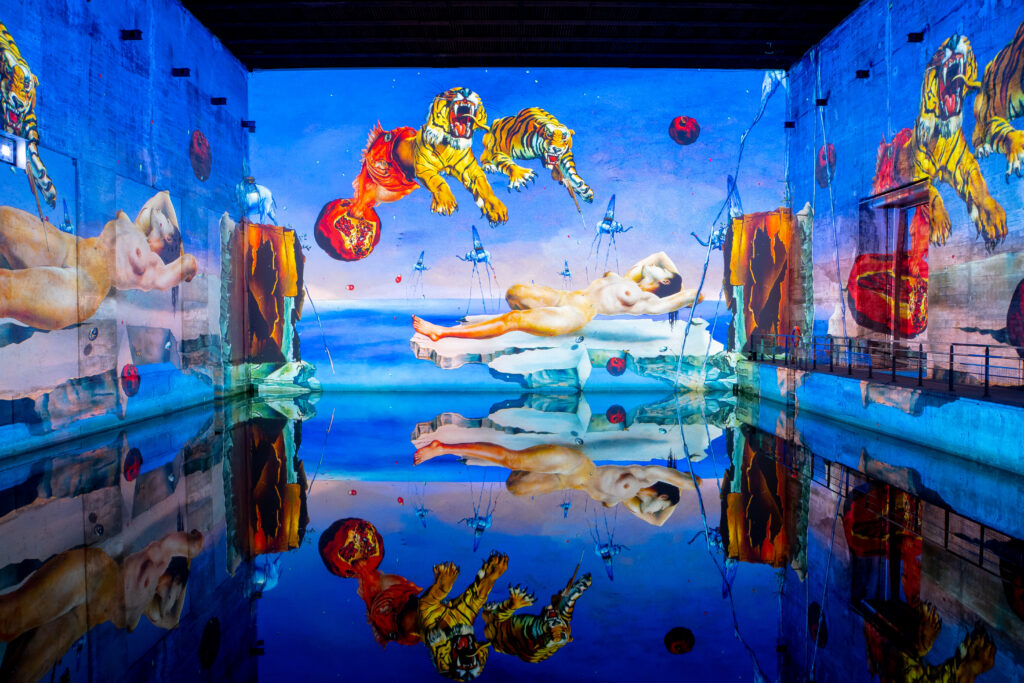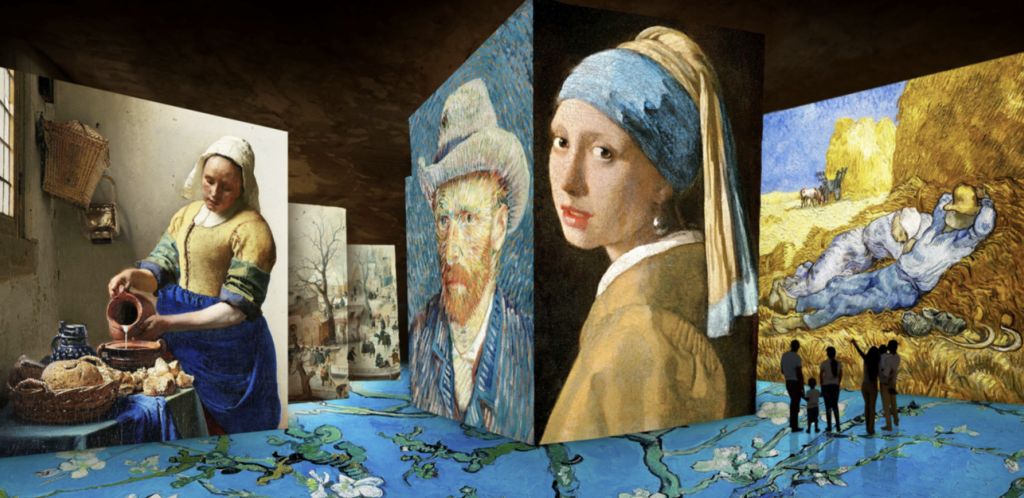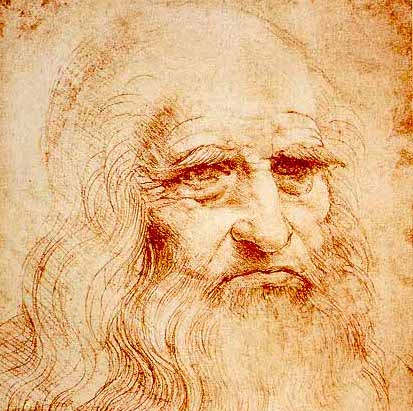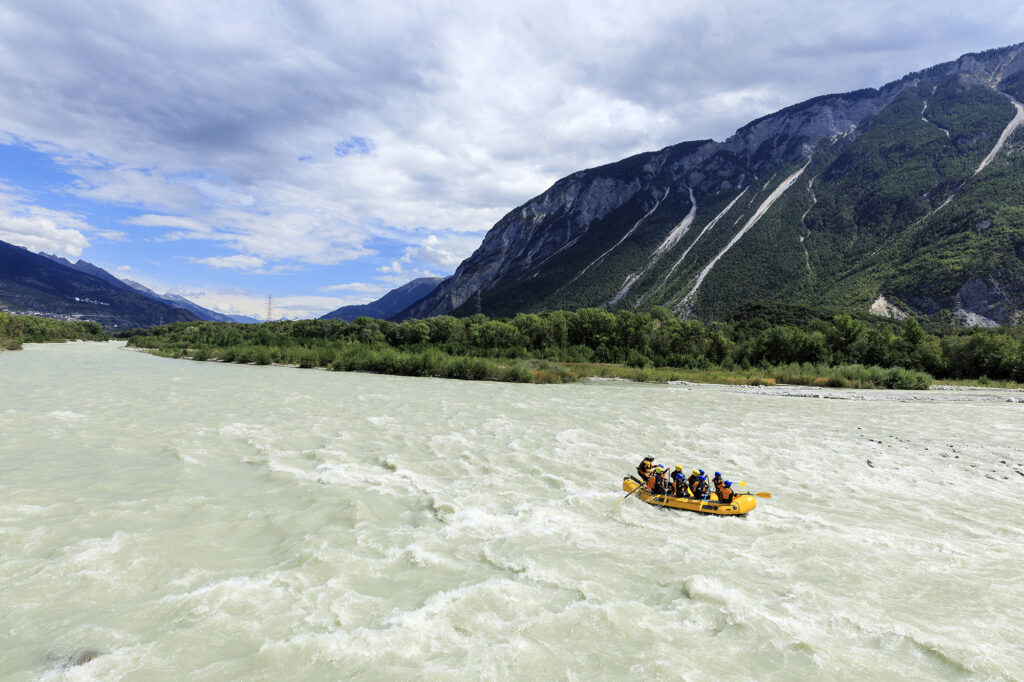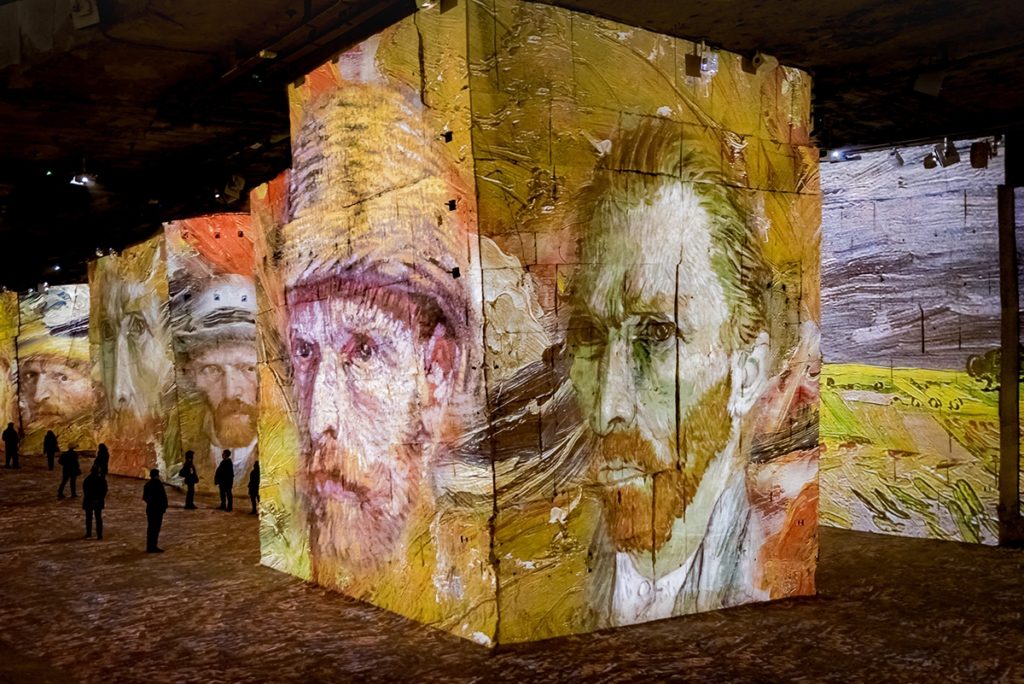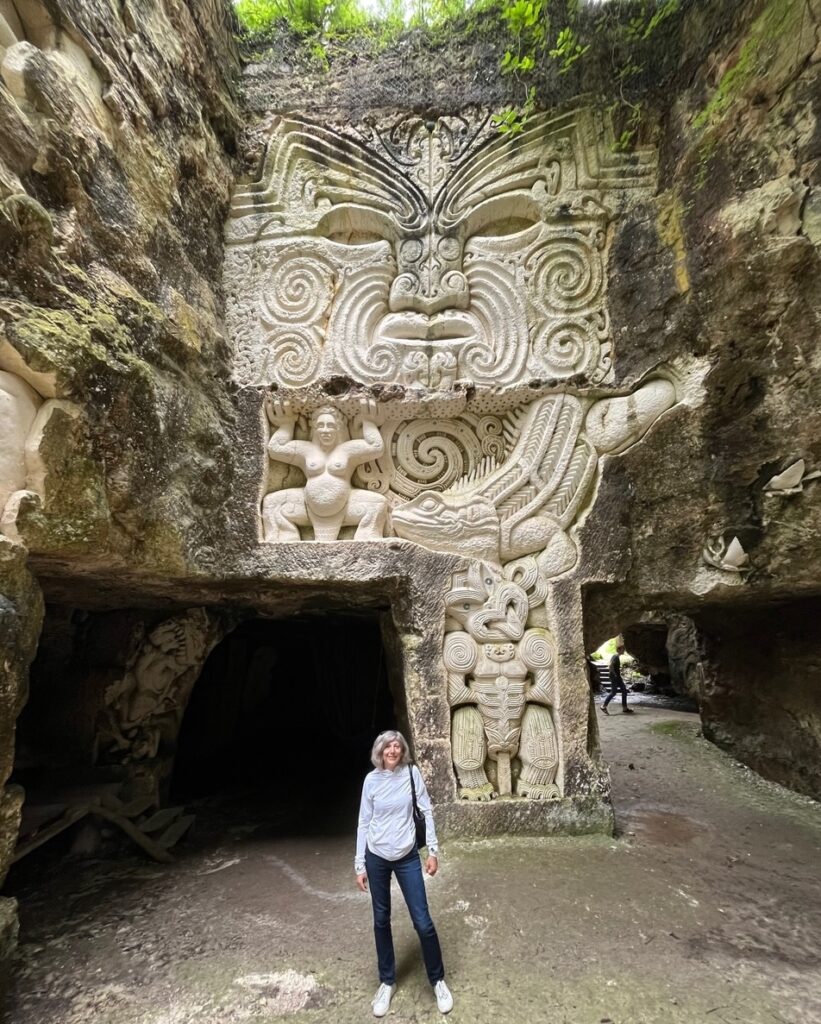
Charente-Maritime is a small département in western France, wedged between Bordeaux to the south and Brittany further north. It makes up part of France’s Atlantic coastline and is best known for places like the fortified seaport of La Rochelle and Île de Ré, a favorite vacation spot for Parisians seeking sun and sea.
Charente-Maritime also hosts Rochefort, where artisans painstakingly recreated Hermione, the frigate that Lafayette sailed to bring aid to the American Revolution. And it was on the nearby island of Aix that Napoleon last touched French soil before his exile in St. Helena.
But not all of Charente-Maritime’s charms are seaside. If you go inland a few miles, you’ll find a little-known treasure: one of the world’s great sculpture parks, Les Lapidiales.
A History of Stone
The region has been a source of stone since Roman times, and near the town of Pont-d’Envaux sits an abandoned quarry that has been worked since the 12th century. It is in a quiet area, in the middle of a forest—not a place you would visit unless you had a reason to.

In 2001 Alain Tenenbaum, a local artist, created that reason. He had the idea of turning this quiet spot into a sculpture park. So he began raising funds and when he had enough he started inviting sculptors.
One of the features of the quarry is that it is full of vertical walls, perfect for carving. Tenenbaum separated the quarry into zones, each with a different theme, then let the sculptors have at it. The walls of the quarry are big—some as high as six meters—so the carvings are very large.
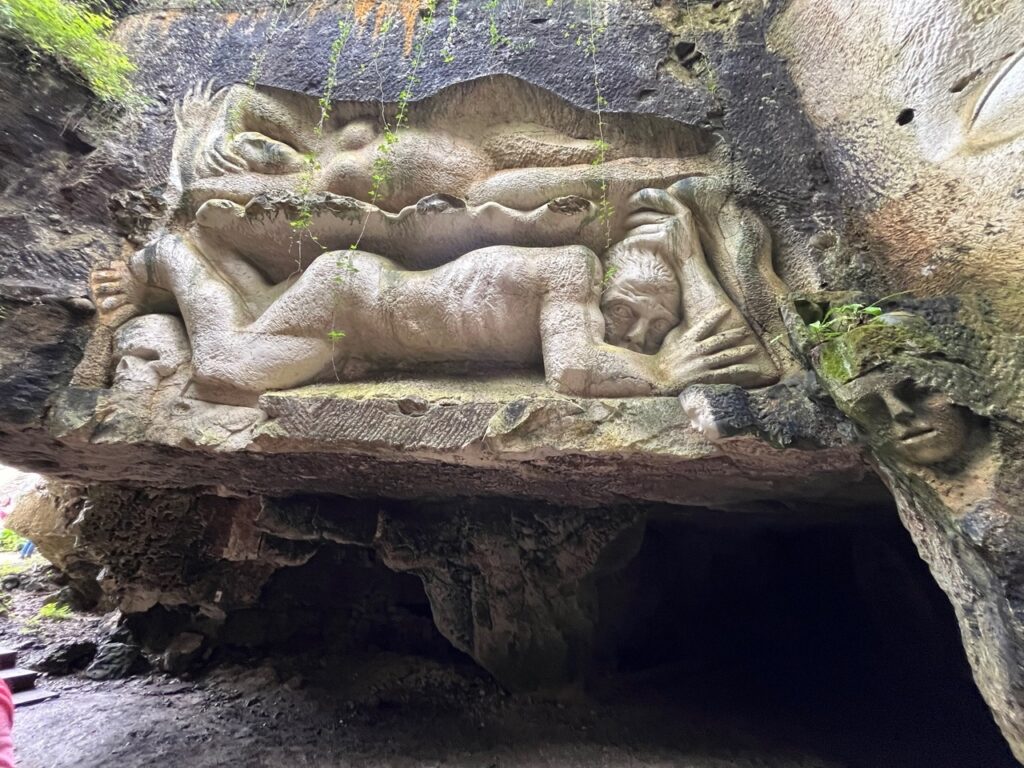
Step by step, year by year, the quarry was transformed. Dozens of sculptors from around the world came and carved, each leaving their mark. And the results are quite extraordinary.
https://www.youtube.com/watch?v=dHPBfVfXEeQ
But there’s one problem: the quarry has run out of space.
A Galaxy of Art
So Alain Tenenbaum, never one to rest, had a new idea. He would create a sister site, La Galaxie des Pierres Levées (the galaxy of raised stones.)
Near Les Lapidiales, Tenenbaum built his new sculpture park, this time in a large field. The theme is world culture, featuring art from the five continents. Tenenbaum has arranged hundreds of stone pedestals in the form of a spiral, as his idea is to create a showcase of art, expanding ever outward like a galaxy.
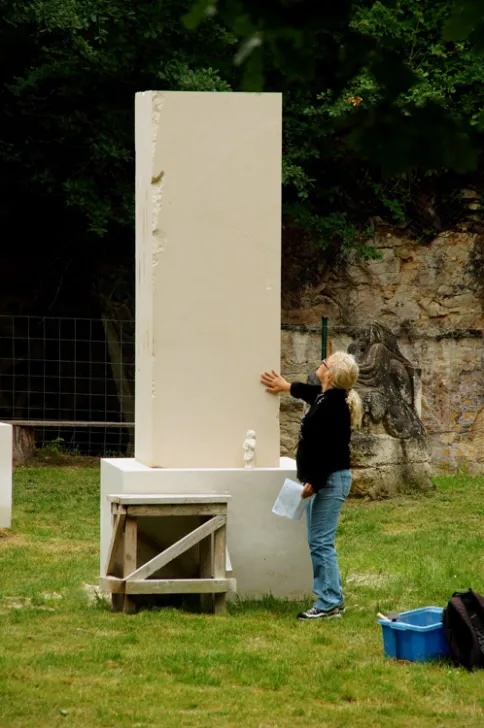
Every year, 5-7 sculptors are invited to be artists in residence. They are given a monolith—a block of stone about 2.5 meters high. This they carve over a period of several months, and the resulting sculpture is mounted on one of the pedestals in the galaxy. To date there are over 60 completed sculptures, with the goal of eventually having 2-300.
World Culture
The program began in 2012 and each year artists are invited from a different part of the world, such as the Caribbean and the Baltic Sea—this year from Japan and Korea. They do their sculpting at the entrance to Les Lapidiales, so you can admire their work as it takes shape, and sometimes have a chat.
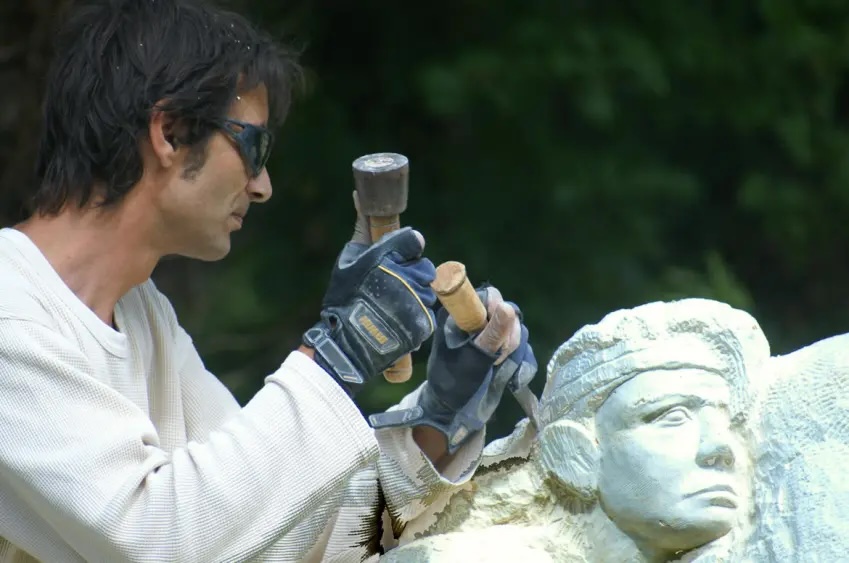
The goal of the program is not only to create new art for the Galaxy, but also to share the culture of the artists’ home region. So during their residency, they visit local schools to discuss their country and its culture, sometimes accompanied by poetry readings or short theatrical productions.
Today Les Lapidiales and La Galaxie des Pierres Levées attract over 75,000 visitors a year, but they are big enough that they are never crowded. This is certainly a unique spot to consider for visitors to this western corner of France.

